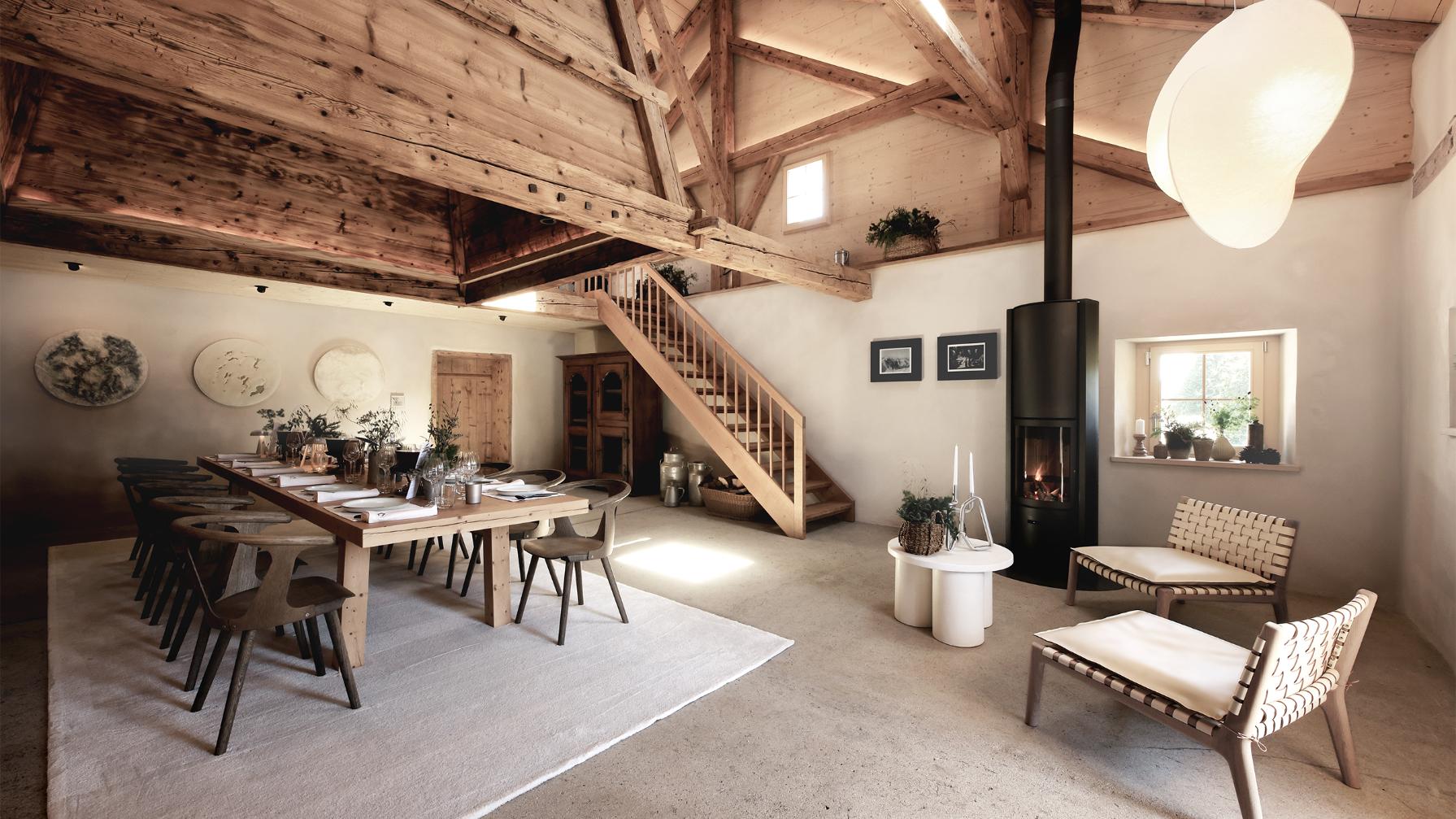- Jaeger-LeCoultre unveils Le Chalet, a secluded retreat for invited guests of the manufacture
- Set in a restored 19th-century farm building, it’s located in Vallée de Joux, home to Jaeger-LeCoultre’s Le Sentier manufacture and headquarters
- The restored farm building is surrounded by untouched forests and meadows, and situated at an altitude of 1360 metres on the western side of Mont Tendre
Joining the likes of Audemars Piguet and Vacheron Constantin in the ranks of watch manufactures with hospitality offerings—the former has its own Hôtel des Horlogers in its home of Le Brassus, Switzerland as well as AP House offerings around the world, while the latter has Suite 1755 at the Mandarin Oriental Jumeira in Dubai—Jaeger-LeCoultre has unveiled Le Chalet, its first accommodation offering.
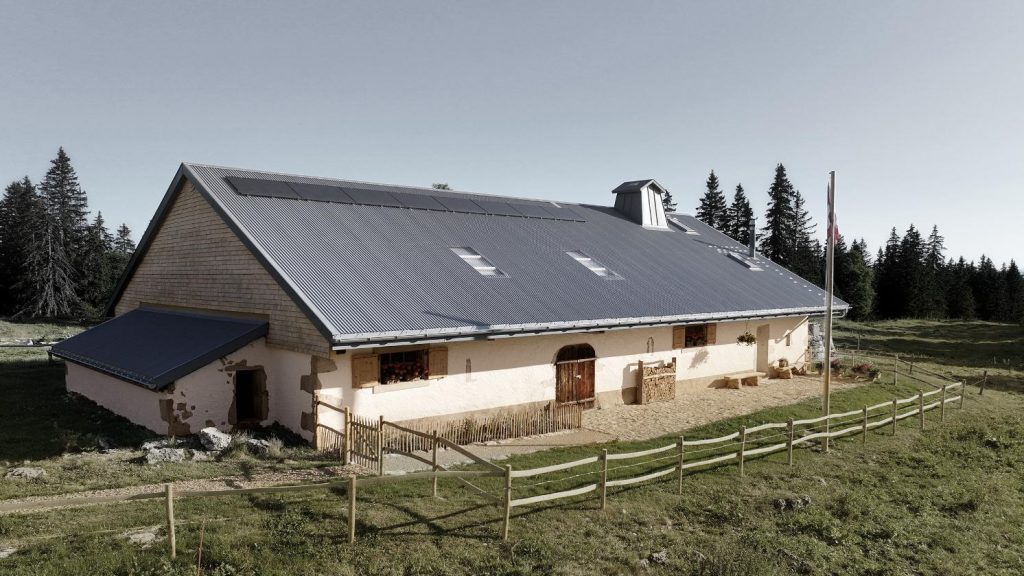
Nestled in the Vallée de Joux, the heart of watchmaking and home to Jaeger-LeCoultre’s Le Sentier manufacture, Le Chalet is a restored 19th-century farm building located in the quiet, leafy meadows of Mont Tendre, 1360 metres above sea level. Formerly the property of a farmer from the valley who would move his cattle up to the high meadows during summer, Le Chalet originally comprised a stable, barn, and cheese-production area.
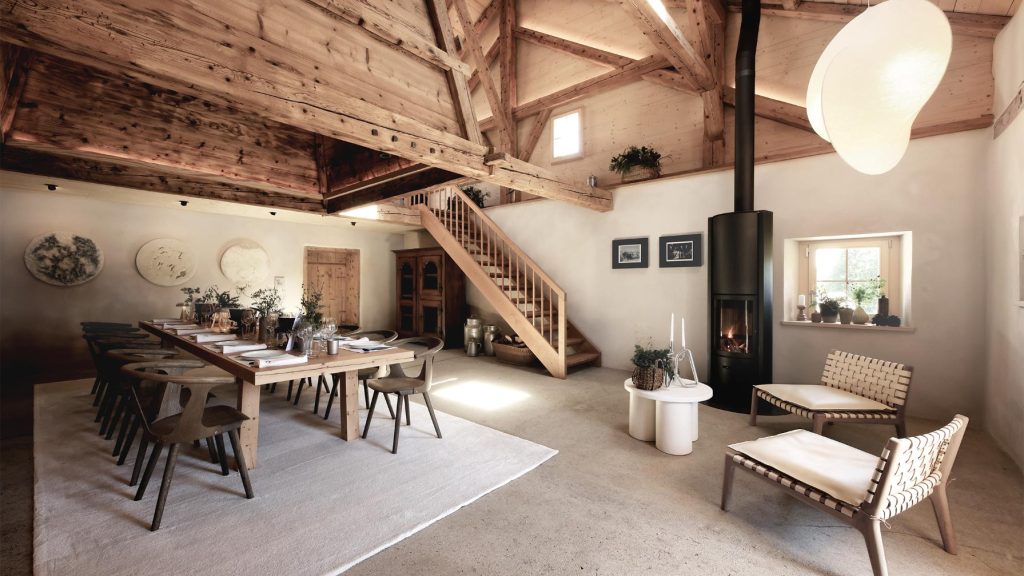


Surrounded by an ancient meadow, the restoration embraces the singular heritage of the building, with a substantial portion of the original wood cleaned and restored, and bolstered by additional planks. The main open-plan barn area is intended as a space for dining and entertaining and sits next to a cosy mezzanine lounge area. Traditionally, cows would be milked on site and cheese would be made on the spot in the thuyé—a traditional pyramid-shaped chimney above the heated cauldron where fresh milk was curdled into cheese—the wood of which has been preserved and restored and now holds court in the open-plan living area.
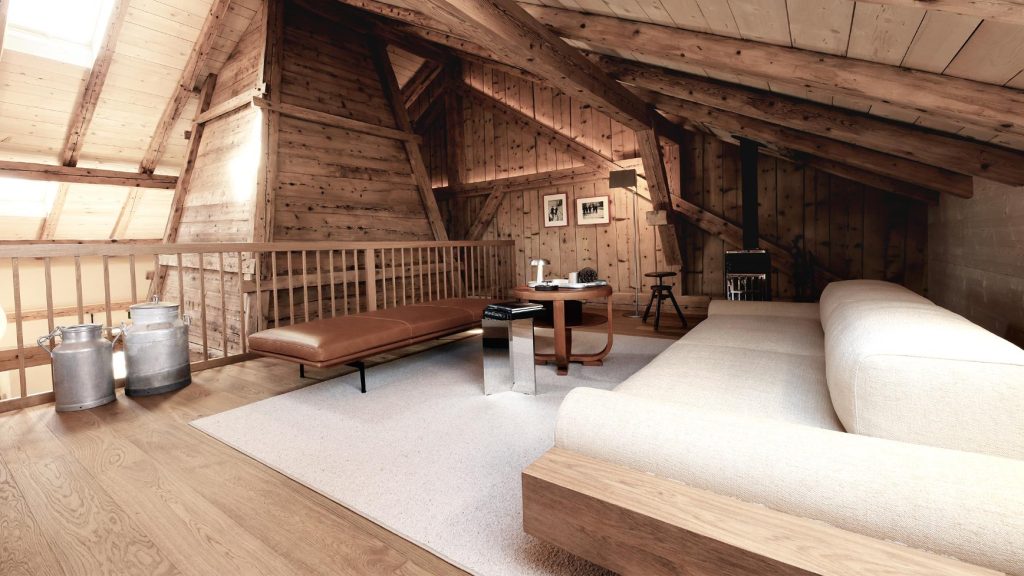


The building’s facades are clad in the hand-cut tavaillon (wooden tiles) used on Vallée de Joux buildings to provide protection from the harsh winter climate and strong winds, with the hand-cutting and laying of these tiles an ancestral skill developed in the Jura region in the 15th century and passed down through generations. In an effort to preserve this heritage, local artisans were enlisted to replace the old tavallions with new ones using locally sourced wood from the surrounding forest.
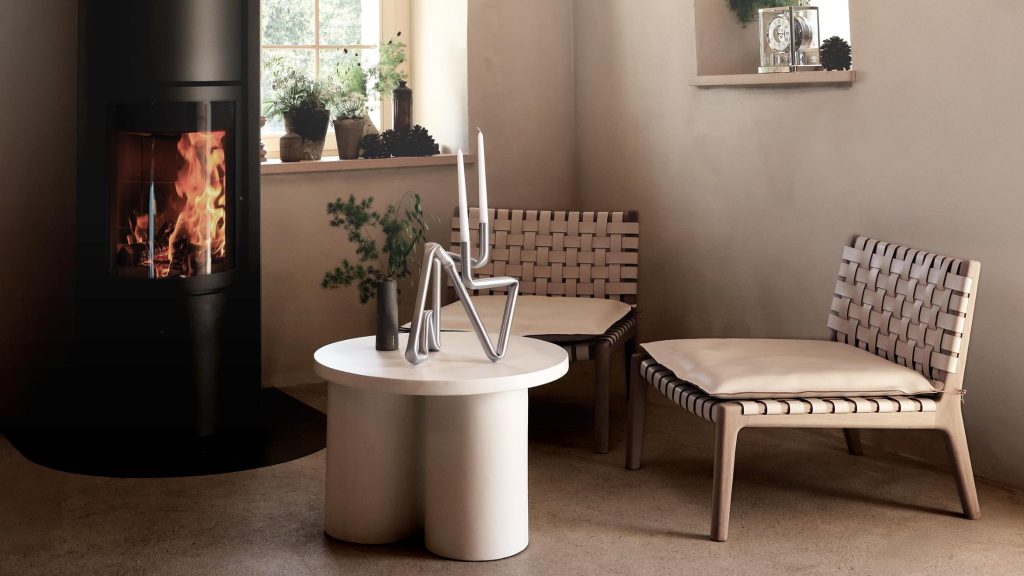


Undertaken in partnership with the commune of Le Chenit, which encompasses Le Sentier, the restoration not only preserves the historical building but invites it into the fold of the Vallée de Joux’s watchmaking history.
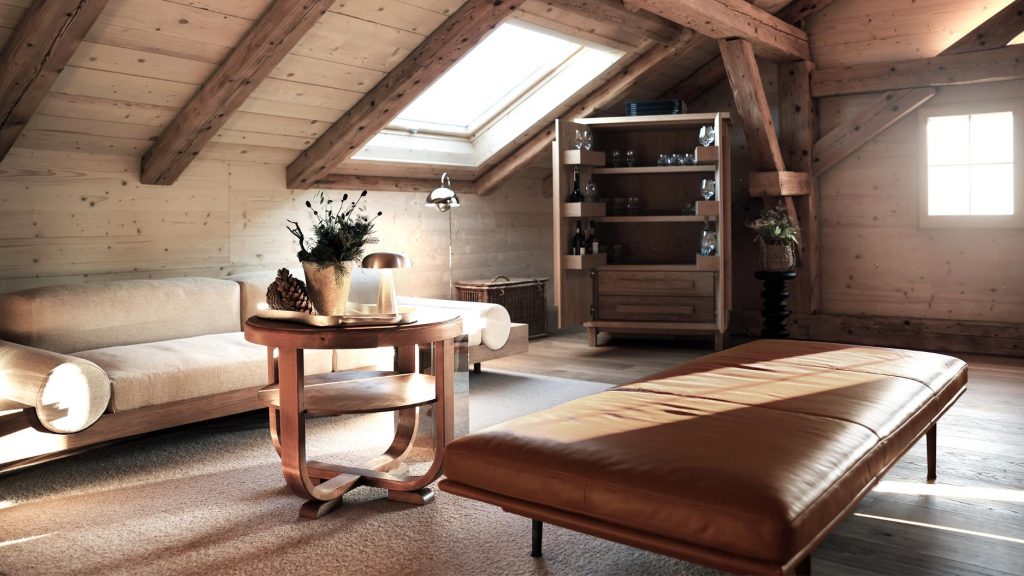


While Jaeger-LeCoultre has long excelled at providing experiential offerings to both its loyal and prospective customers—The Reverso 1931 Café and 1931 Polo Club spring to mind—this represents its first foray into the accommodation sphere. Exclusively available to invited guests of the manufacture to experience, La Chalet is set to provide horological enthusiasts and loyal customers of the brand with a unique immersion into both watchmaking history and the culture of the Vallée de Joux region.
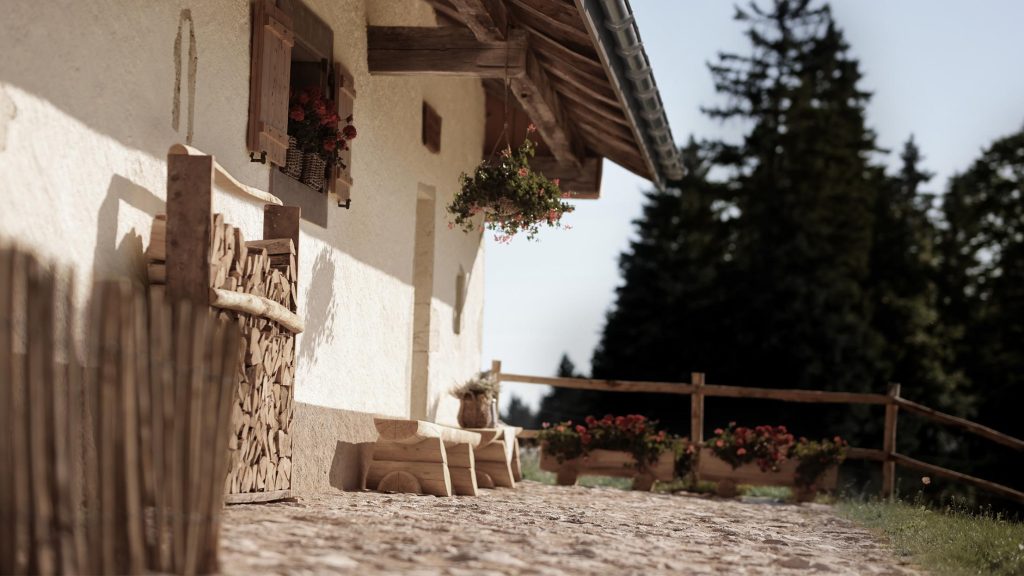


Words by T. Angel

